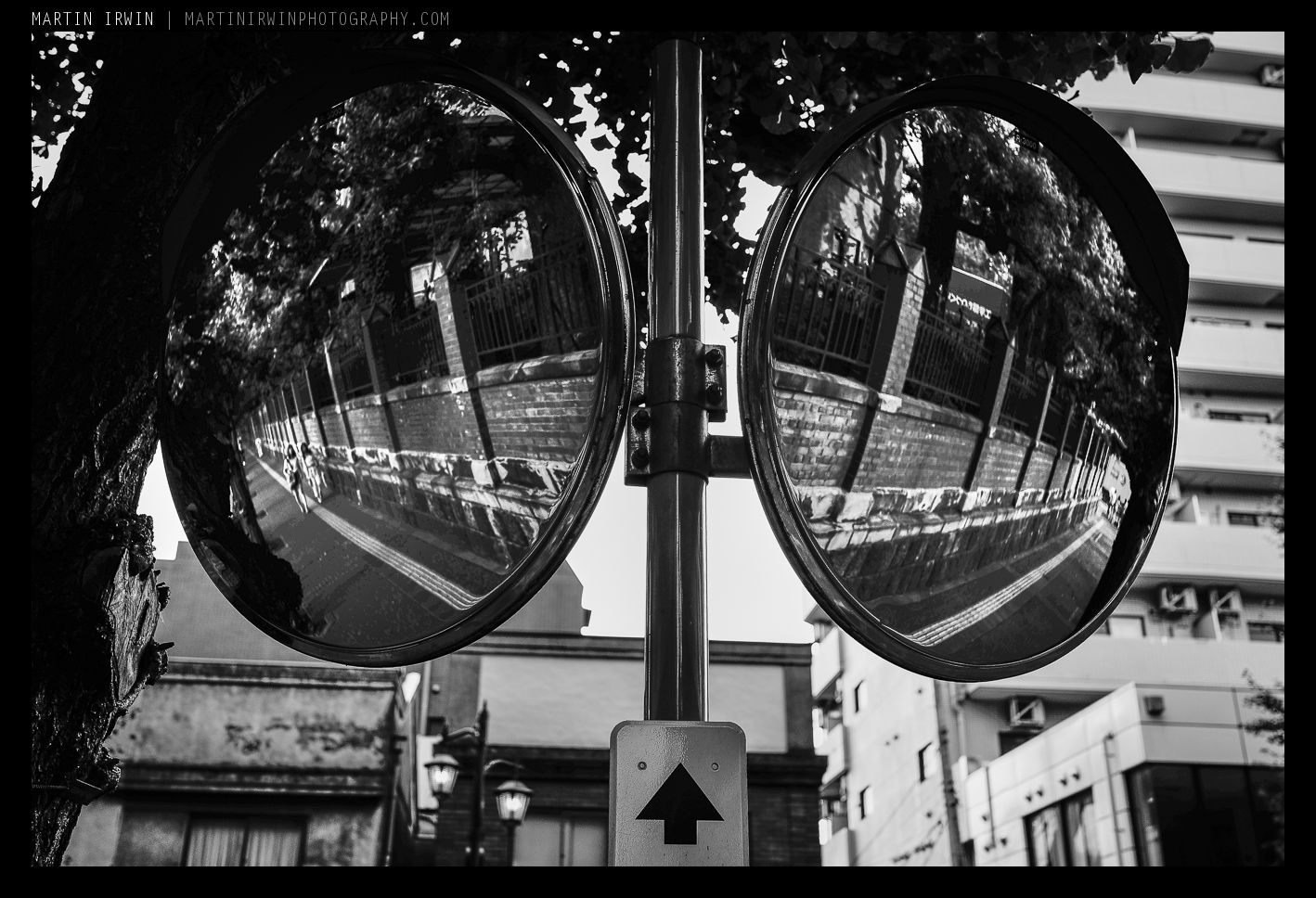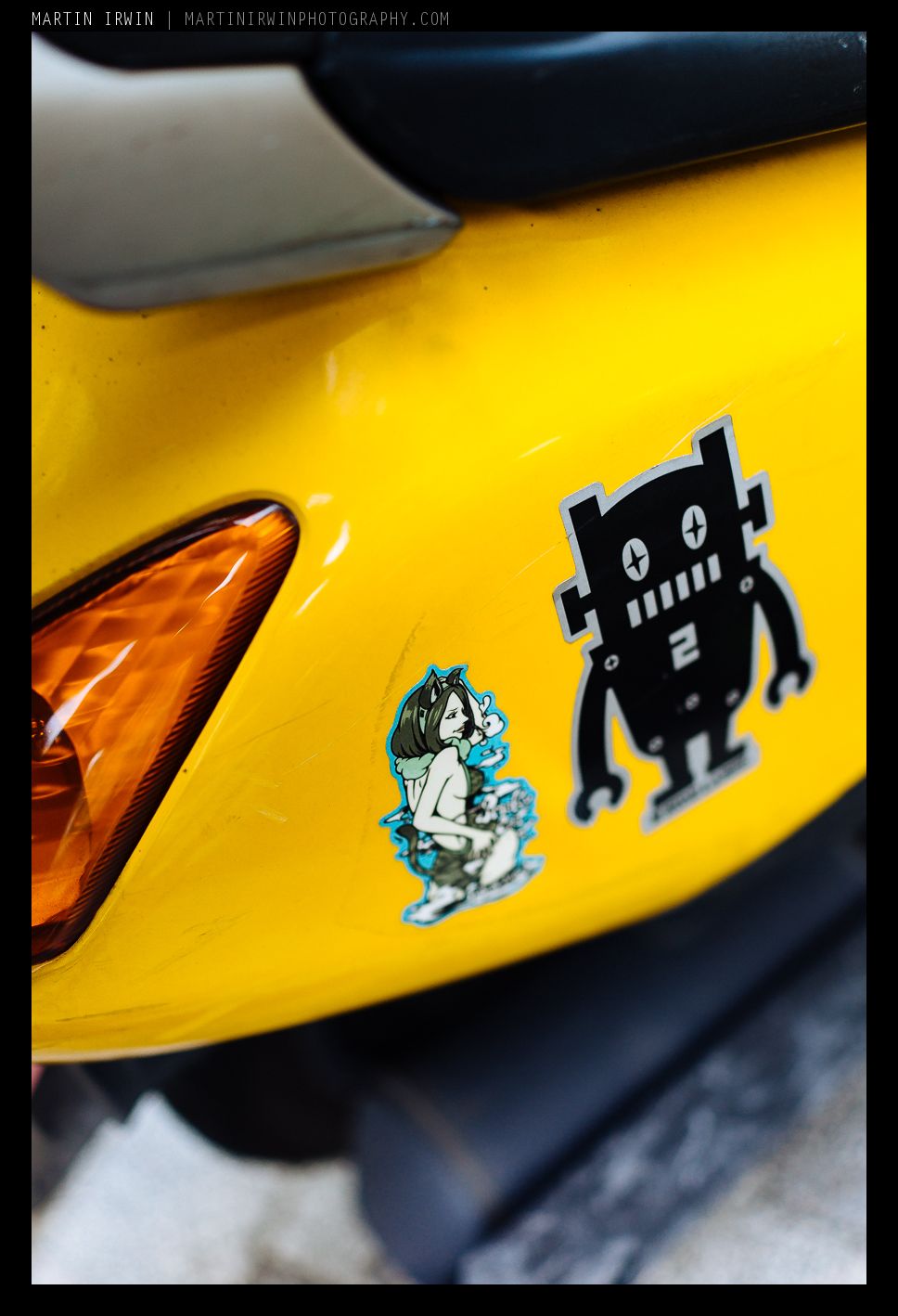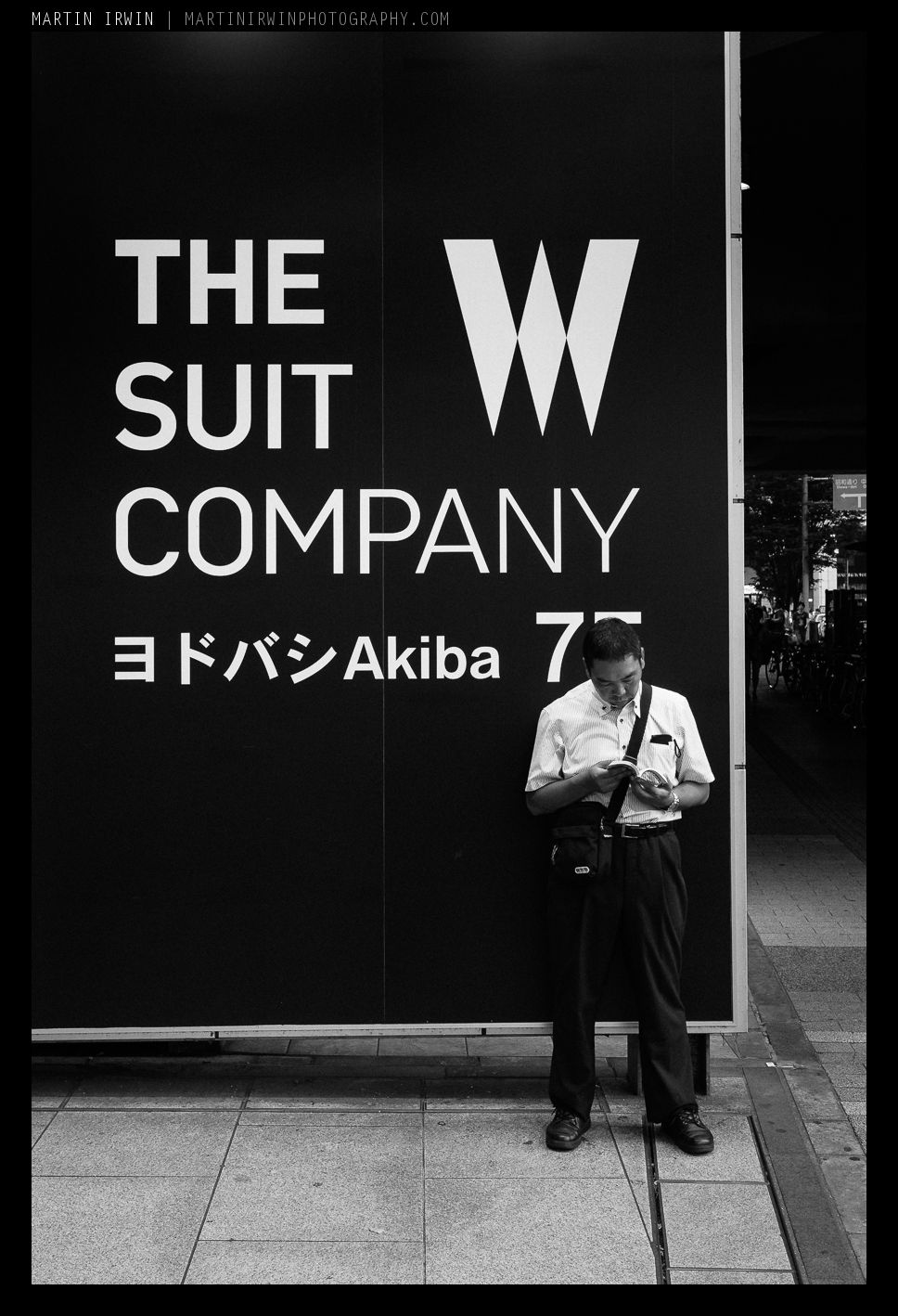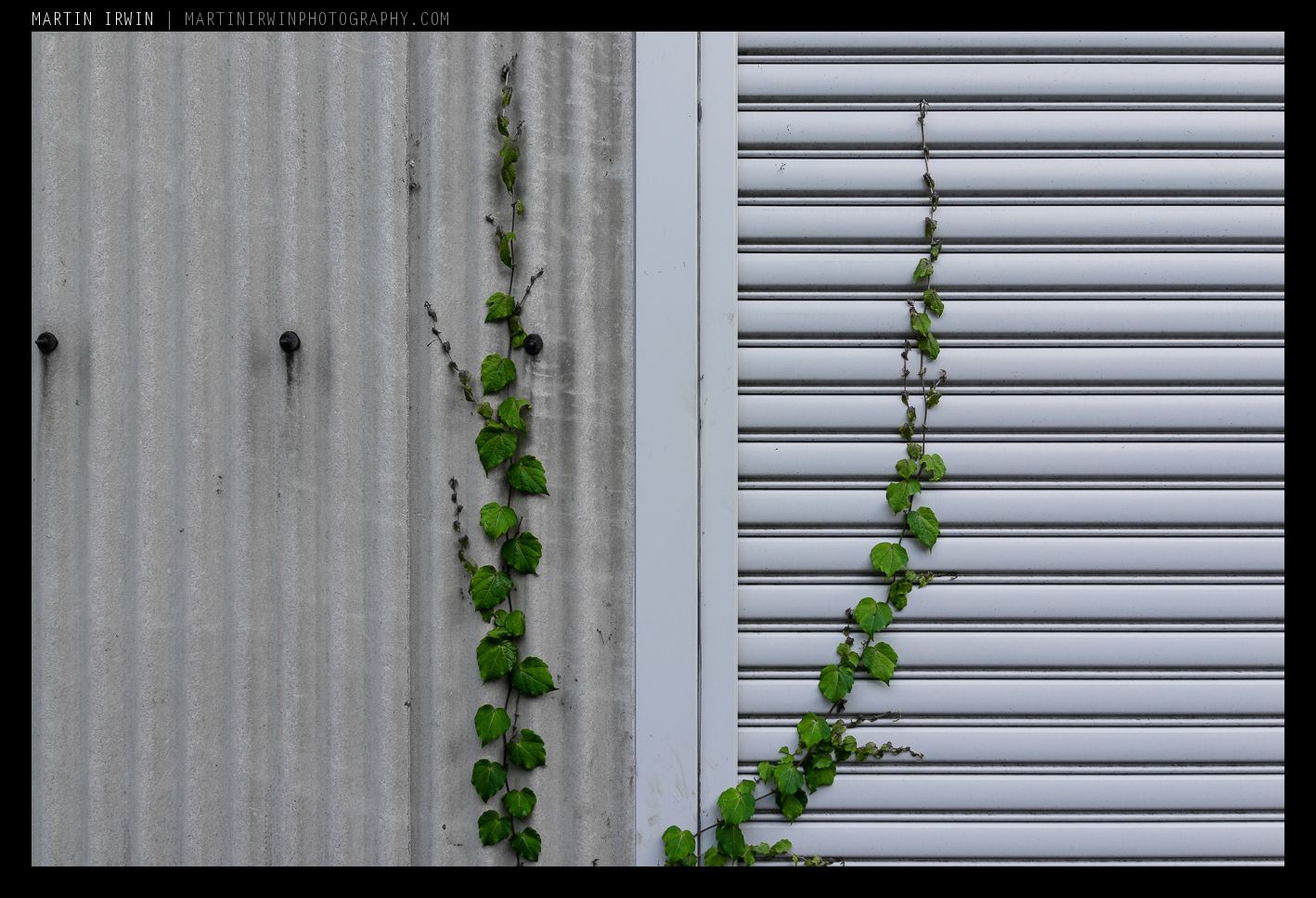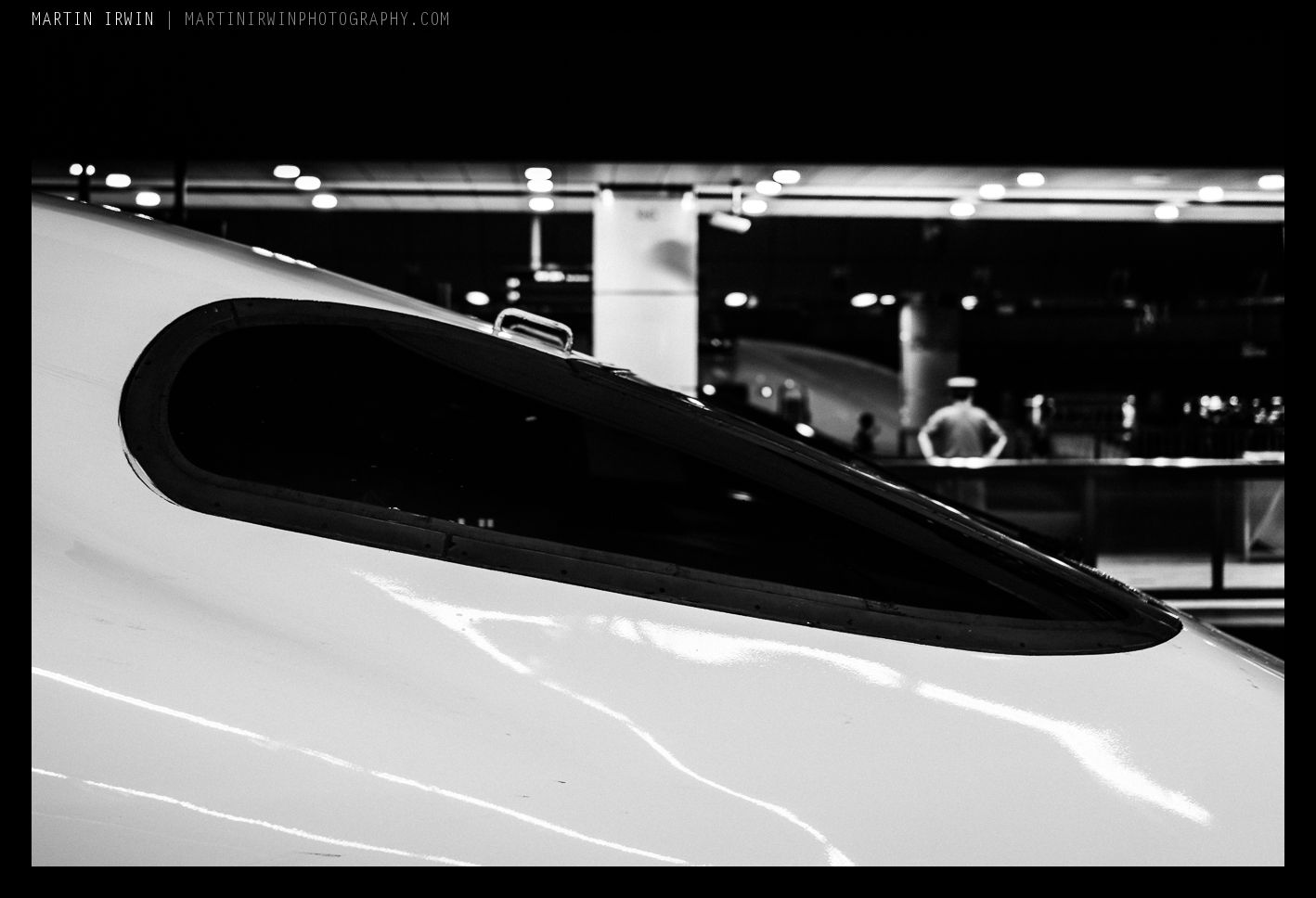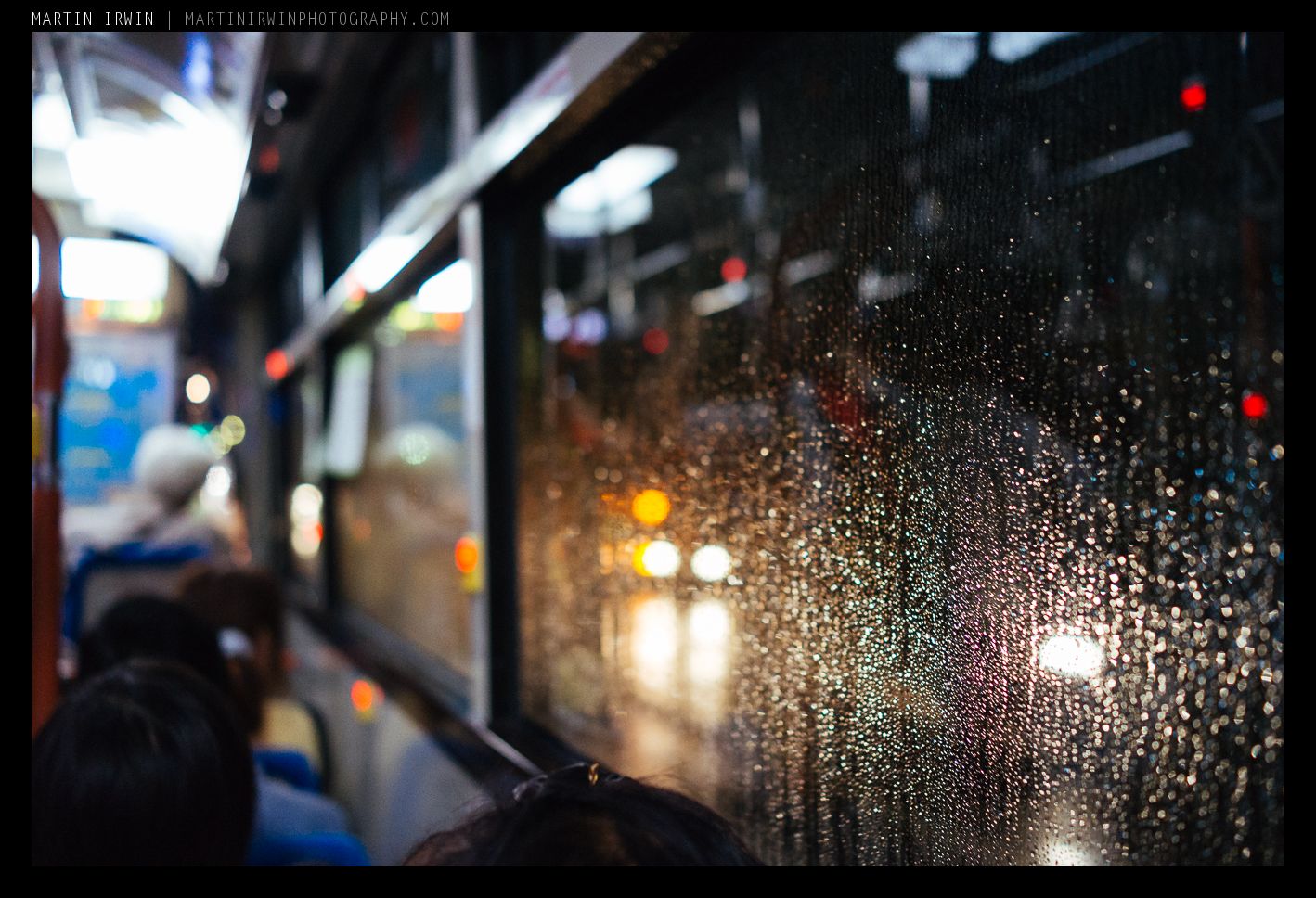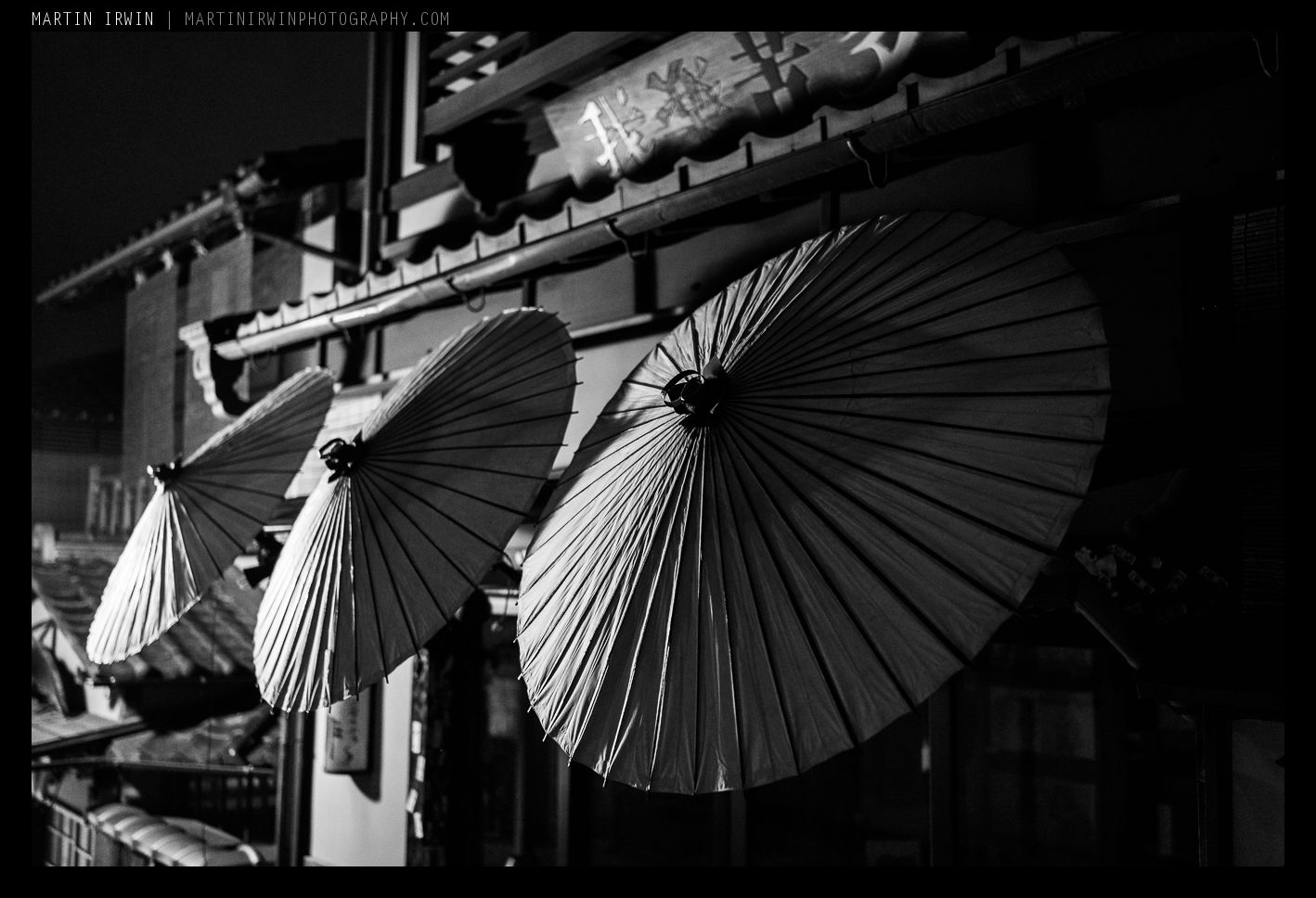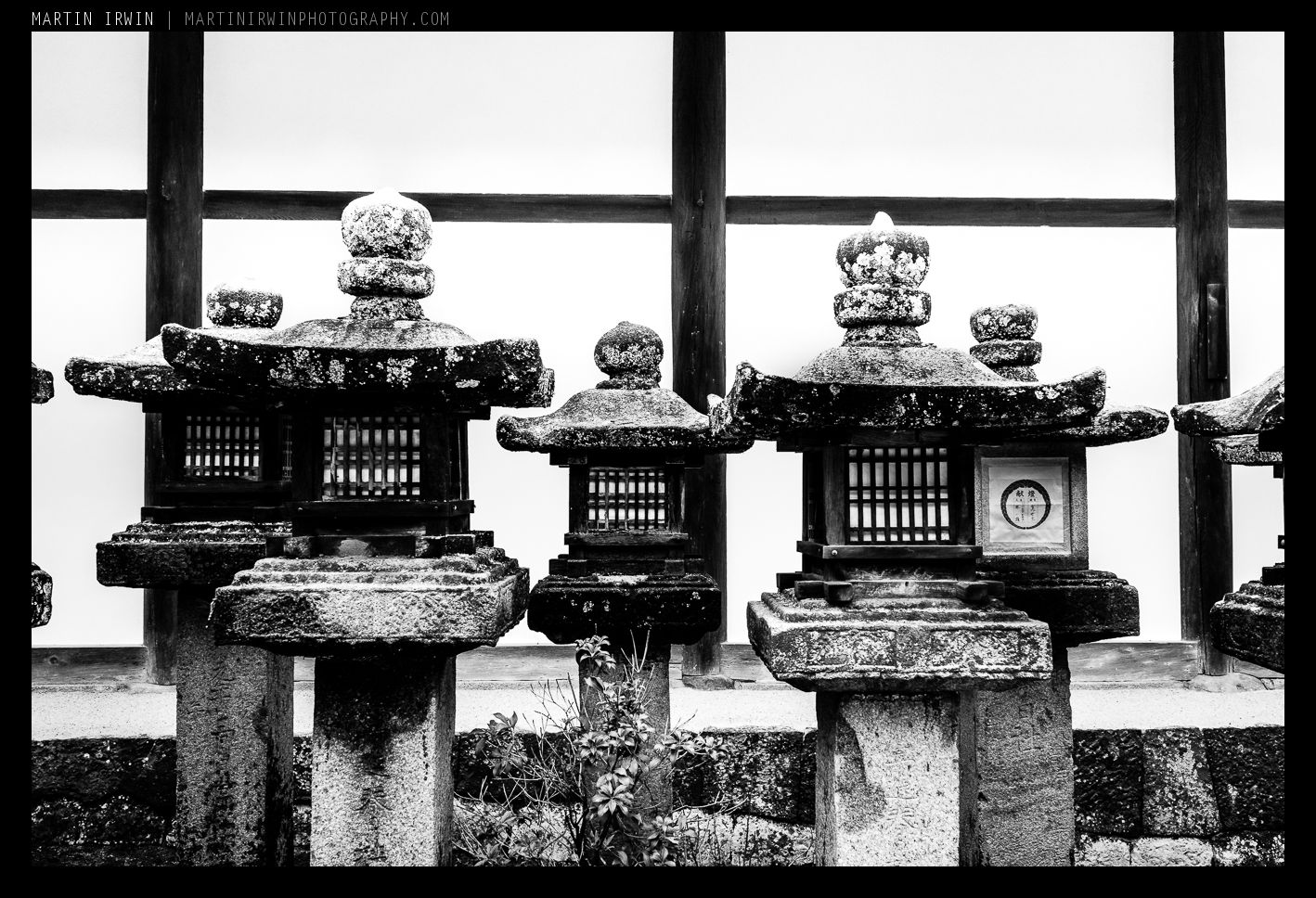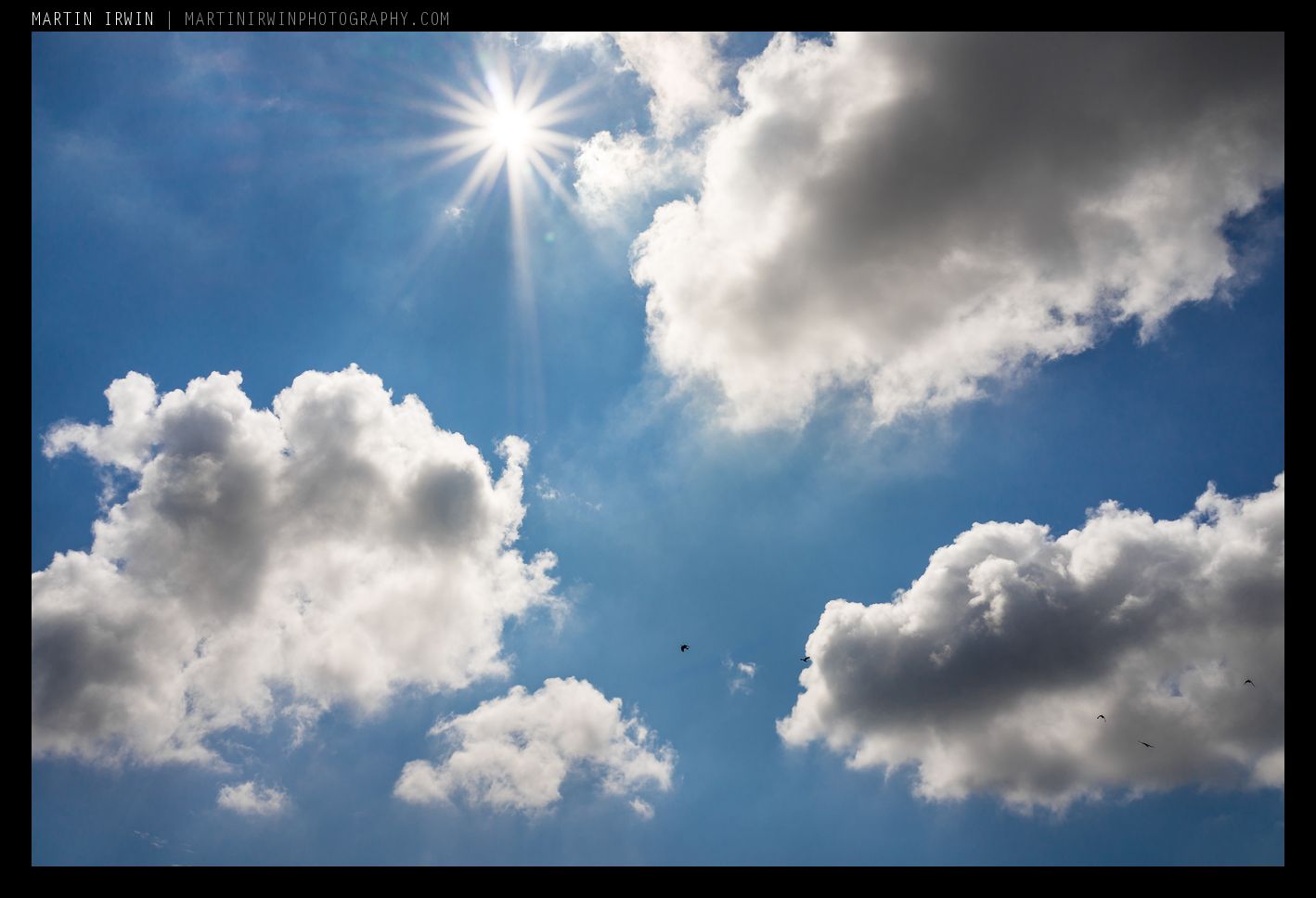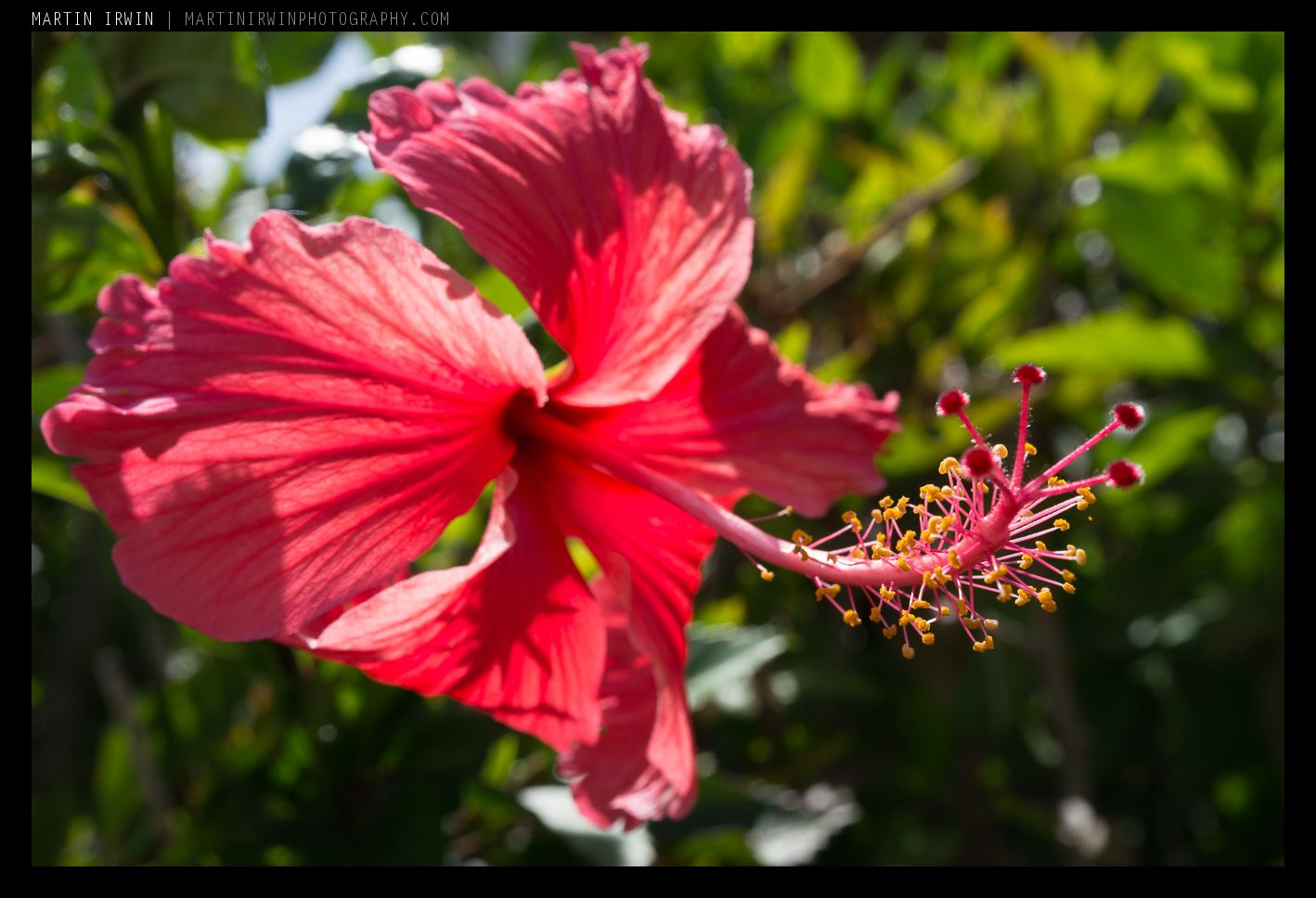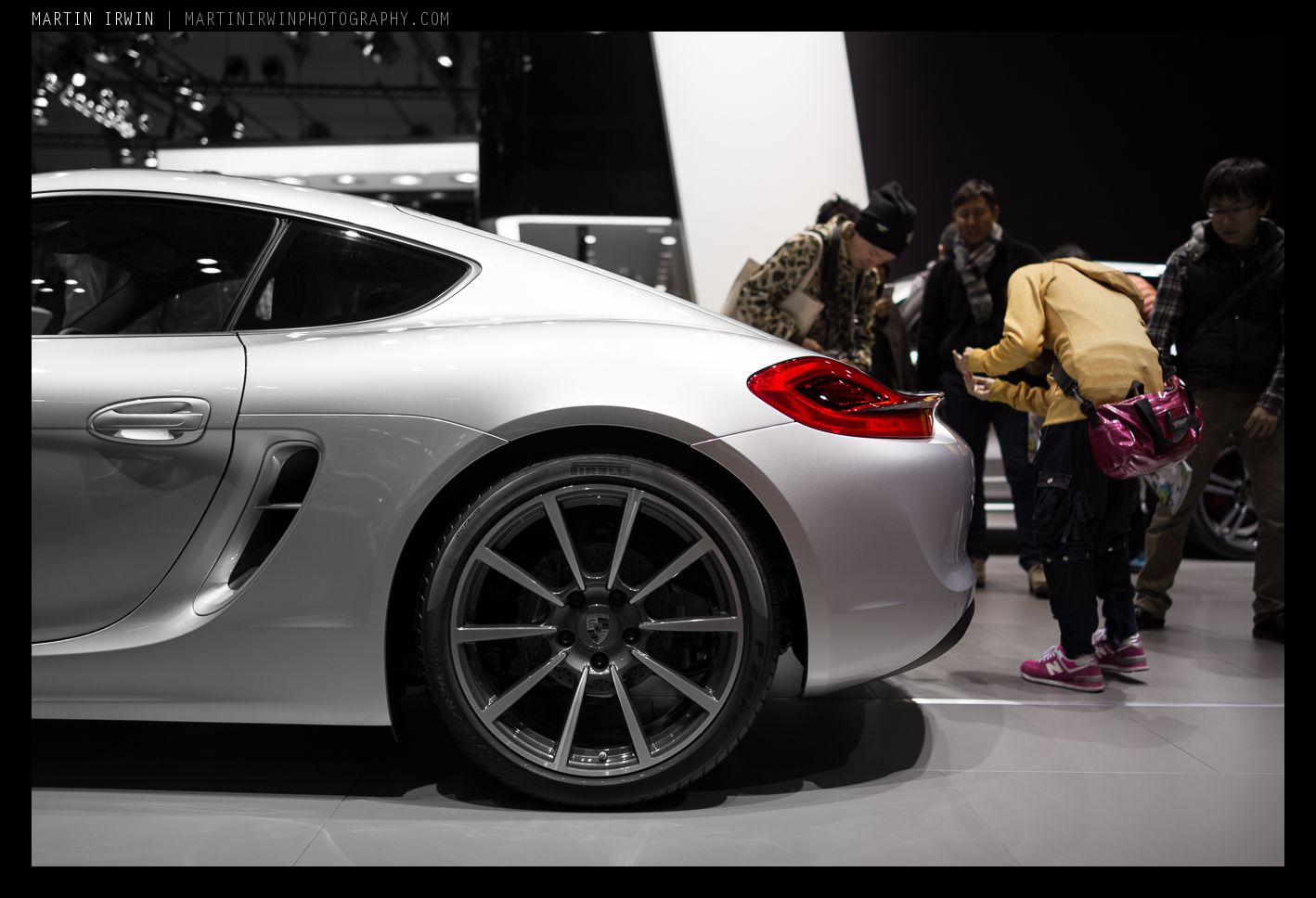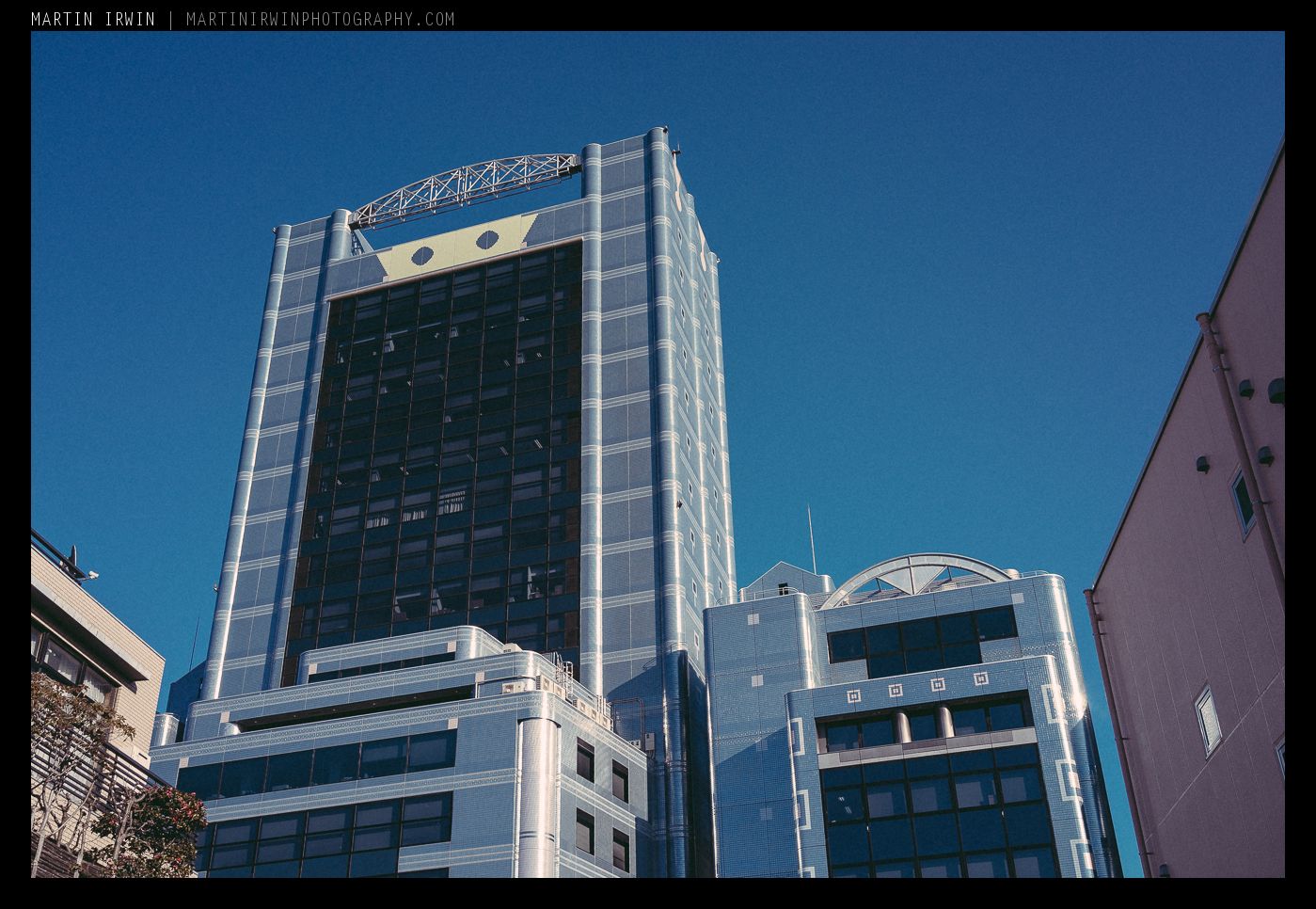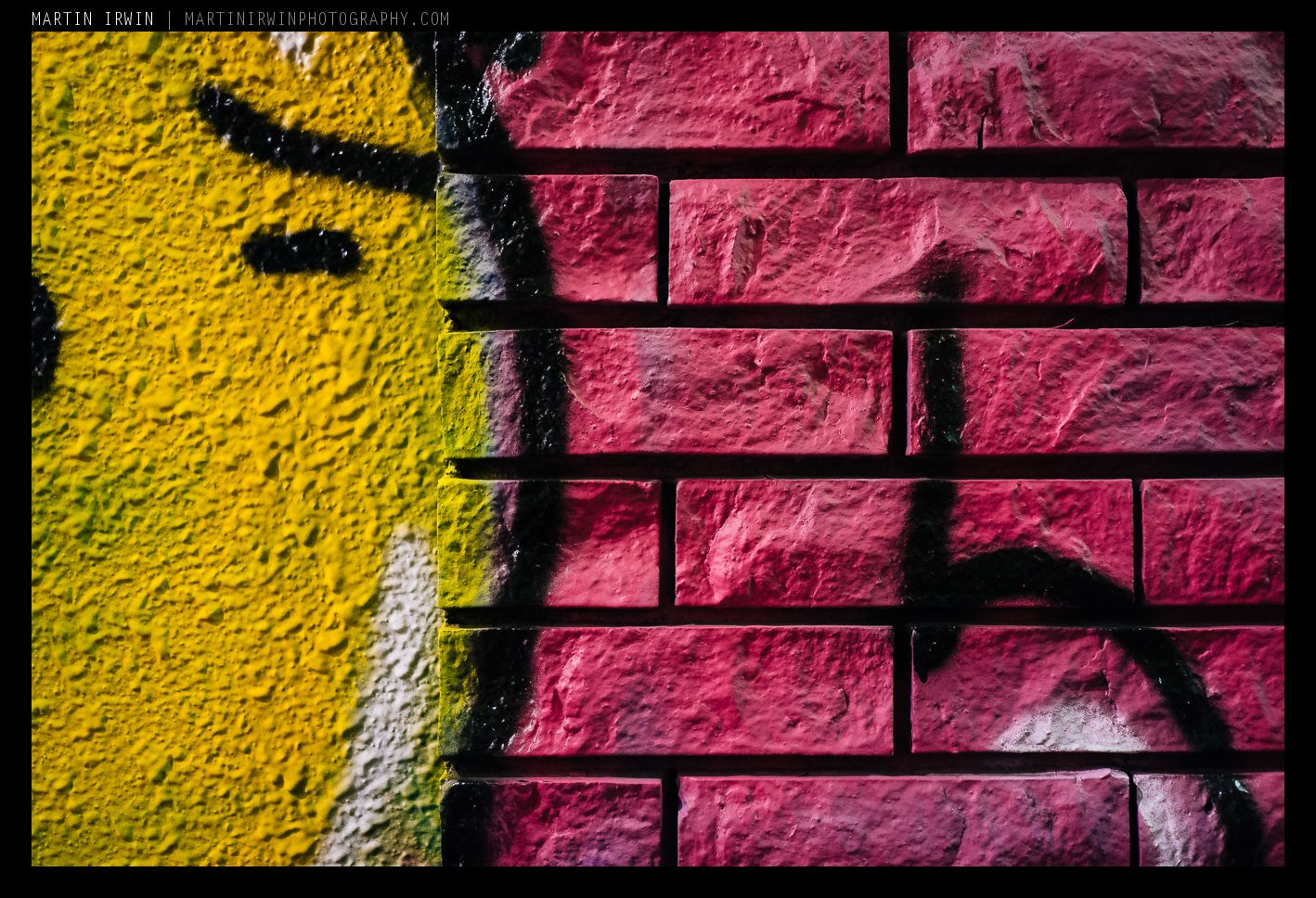I've been using the Sony RX1 for well over 6 months now; long enough for it to have taken a back seat in my photographic process. I've set the camera up to behave exactly how I want, and never have to fiddle with dials or modes to get the shot.
With that in mind, I thought I'd put together a little review of this tiny marvel.
Build
The RX1 is a strange beast. It's (still) the world's smallest "full frame" digital camera, and can't really be evaluated independently of its exquisite Zeiss Sonnar 35mm f/2 lens. Its a diminutive little thing, and is actually pocketable (if wearing an outdoors jacket).
The design is understated and simple, except for the orange ring which Sony use to signify a 35mm sensor. It's cold to the touch, due to the all-metal body. Any protruding elements feel secure and rigid - I never worry about accidentally turning a dial or changing a setting. All of the dials have satisfyingly stiff and distinct clicks.
A major criticism at the time of release was the lack of a tilting LCD. I'm still undecided on this issue. If it was possible to do so without adding extra bulk, then sure, I'll have it. Otherwise, I've become accustomed to using the excellent tiltable electronic view finder (EVF; which plugs into the hotshoe). The LCD itself is fantastic. It's 3 inches across, has a high refresh rate (this can be chosen in the menu), giving all pictures an amazing presence. In fact, looking at the LCD can sometimes be better than looking with my own eyes. Oh dear.
The EVF is fantastic. I think it's a must for any RX1 owner. It's not cheap, but then neither is the RX1. It's still considerably cheaper than a Leica kit - but you makes your choice and pays your money. The EVF is bright and feels like looking at a mini IMAX. I often review pictures in the EVF, as there's a really immersive, 3D quality in doing so.
There are numerous hardware controls, almost negating any need to delve into the menus after the first initial setup (though the menus are RX-series menus and much better than the NEX menu system). The mode dial is useful - more than I thought. I hardly used the mode dial on my Canon, or on my NEX-7. There are 3 customisable memory modes, which is extremely handy. I have one set to black and white, one set to aperture priority with limited ISO (for landscapes), and the other set for JPEGs. There's a customisable "c" button, which I hardly ever use. The exposure compensation dial is fantastic. I'm using it more than I ever thought I would, and it's an excellent feature. On the left, a tiny flash sits where many wished a built-in EVF should be.
The SD card and battery are located in the same slot - I suppose due to the tiny frame. It's not a big deal. I do recommend a spare battery... though I've never actually run out of juice within a day. Speaking of juice - there's no dedicated battery charger (though I bought one as part of the additional battery pack). Many gripe about this, but in its place is a fantastic charge-by-USB feature. The standard micro-USB port means that I can actually charge this camera from my laptop's USB connection, which is brilliant. I can charge on the train, in a hotel with limited power ports... etc.
I purchased a Gariz leather case, but use it only occasionally. I use it when either using a tripod or going out for the day with only the camera. It doesn't add much bulk, and feels rather nice. I wouldn't consider one a necessary purchase.
Lens
Ah, that lens. It protrudes from the camera quite a bit; so much so that almost everyone I meet thinks it's a zoom lens. It's weighty, and has a significant portion within the camera body. The rear element is almost touching the digital sensor, which is one reason the output is so amazing.
The large f/2 aperture looks the part. The lens is a classical sonnar design, which gives very smooth and creamy bokeh (out of focus highlights). There's some barrel distortion and vignetting, but this can be corrected in camera. For a one-lens kit, I think it's unrivalled. I've read other reviews discussing the RX1 vs the Nikon D800E and Sigma 35mm f/1.4 lens... with the RX1 either equalling or exceeding the performance.
It's so good, that I don't think I'll ever sell this camera. With this camera, I really feel as though I am the only thing limiting my photography.
Usage
The fast f/2 aperture, and full-frame sensor, mean that I treat this camera as ISO-less. That is to say, I basically don't care what ISO I'm shooting at. Even at 12800, the files are cleaner than my NEX-7 at 1600. I simply choose shutter speed and aperture, and take the shot.
The shooting process is rather nice, too. The silent leaf shutter is nothing short of amazing. For stealth photography, it can't really be beaten. People never realise that I've already taken their picture, which can be a useful tool. It also adds to the compact camera charm I find the camera receives. More so without the EVF, people react as if I am taking a snapshot, rather than a "pro shot". Another useful tool.
Final Thoughts
The images this camera produces are essentially perfect. Bokeh is smooth, the files have huge dynamic range, and they're sharp. The RX1r, without the anti-aliasing (AA) filter, are probably sharper still.
It's not a camera for everyone, that much is obvious. The lens cannot be changed. If you don't like the 35mm focal length, you won't like this camera. If you do like it, then the Fuji X100s is a worthy competitor, but it simply didn't gel with me. For a camera to take anywhere, anytime, it's hard to beat. The RX1 can be thrown (gently) into any bag, and will supply you with fantastic images.
In closing, I think that the "one-camera, one-lens" approach helps channel one's creativity more than a bunch of lenses can ever do (but that's just my subjective opinion). System cameras have their place, for sure. For "serious work", or when the image has to meet certain conditions, they're often unrivalled. The "one-camera, one-lens" setup is more suited to personal and artistic gains, in my opinion.
I hope you enjoyed this user report. I'll finish with a selection of images taken with my RX1.
